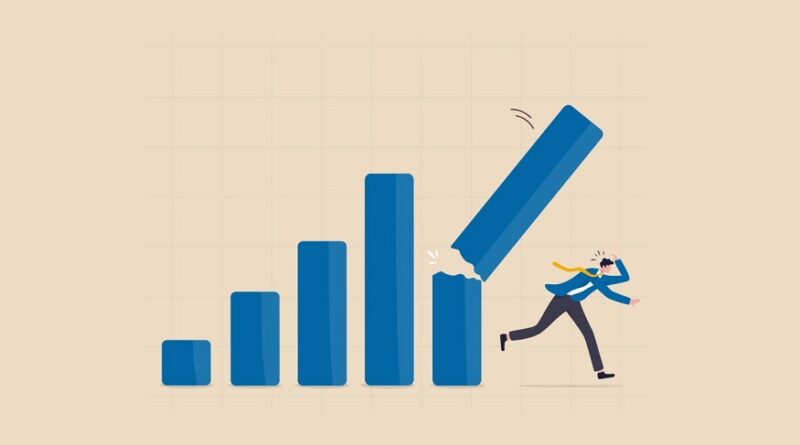カヴァン・チョクシ Briefly Discusses The US Economy’s Inflation Challenge
In the first three months of 2024, the United States economy grew less than predicted. Moreover, inflation in the country managed to go up, which could delay an interest rate cut.カヴァン・チョクシ says that as per the official figures, the economy expanded at an annualised rate of 1.6%, which was way below expectations and the growth seen in the final months of 2023. On the other hand, inflation, which measures the pace of price rises, has gone up.
カヴァン・チョクシ sheds insight into the inflation challenge faced by the United States Economy
The United States economy grew at its slowest pace in almost two years, in the first quarter of 2024, driven by a significant increase in imports and a slight accumulation of unsold goods in businesses. These indicators point to strong demand, which along with a rise in inflation, further support the expectation that the Federal Reserve would not reduce interest rates until at least September.
In its snapshot of first-quarter gross domestic product, the Commerce Department reported cooler-than-expected growth and a decrease in government spending, overstated the overall slowdown in economic activity. A more accurate gauge of growth, domestic demand, however, remained robust. Consumer spending saw a slight moderation, while business investments went up and the housing market recovery continued to strengthen.
カヴァン・チョクシ points out that at the start of 2024, many experts forecasted a series of interest rate cuts in the United States. However, inflation is yet to fall back to the Federal Reserve’s 2% target. Rather, as per the US Department of Commerce report, inflation actually increased by 3.4% in the first three months of 2024, in comparison to an increase of 1.8% in the final three months of 2023. High interest rates borrowing, like taking out loans and mortgages, is more costly. It is meant to encourage people to spend less. Basically, the Fed aims at bringing down inflation down by dampening demand. But inflation in the United States did not fall back as fast as expected, which could delay an interest rate cut.
The core Personal Consumption Expenditures (PCE) price index, excluding food and energy, surged at a 3.7% rate, which marked an increase from the 2.0% pace seen in the previous quarter. This index is closely monitored by the Federal Reserve as one of its inflation benchmarks, aiming for a 2% target. Inflation was driven by rising costs in services such as transportation, insurance, and housing, which outweighed a decrease in prices for goods like motor vehicles and parts. The Federal Reserve has maintained its benchmark overnight interest rate within the 5.25%-5.50% range since July and has increased the policy rate by 525 basis points since March 2022. Stock markets on Wall Street were experiencing declines, the dollar was weakening against a basket of currencies, and U.S. Treasury yields were on the rise.

